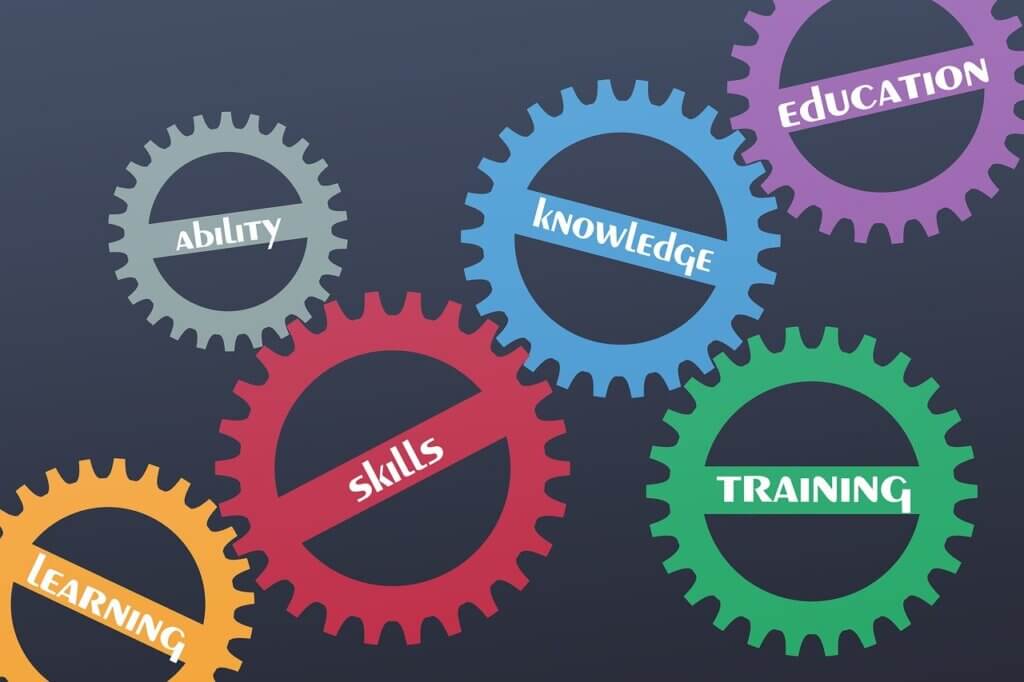Introduction:
Have you ever wondered how generative AI could transform the world of software testing? AI testing will change the way of software testing. It’s a question on the minds of many in the industry as these cutting-edge technologies gain momentum. Stack Overflow’s 2023 Developer Survey revealed a significant interest in harnessing AI for software testing, with over half of respondents intrigued by the potential. Yet, despite this curiosity, only a small fraction express high trust in AI tools, highlighting a notable gap between interest and confidence.
For quality professionals navigating this landscape, it’s a journey into uncharted territory. But fear not, as this guide aims to shed light on the role of generative AI in software testing. We’ll explore the current limitations of AI tools, pinpoint where they can make a difference in the testing lifecycle, and provide insights on how quality teams can start honing their AI skills.
By the end of this journey, you’ll gain a clearer understanding of how generative AI can enhance software testing practices, empowering you to navigate this evolving landscape with confidence and competence. Ready to embark on this exciting exploration? Let’s dive in!
Read also Will AI Replace Low Code No Code Development?
Understanding Generative AI Tools
When it comes to generative AI tools like ChatGPT, they excel at churning out massive amounts of information. But here’s the kicker: the quality of those results can be a bit hit or miss. Take, for instance, a recent study from Purdue University. It found that ChatGPT got it wrong a whopping 52% of the time when answering software engineering questions. Sounds pretty discouraging, right?
But here’s the silver lining: even though the answers were often off-base, they were still pretty darn thorough. It’s like getting a lengthy response to a question, even if it’s not entirely correct. This study gives us a clue about where generative AI tools can shine for quality teams.
Tasks that involve big-picture planning, cranking out loads of data, or brainstorming new ideas? That’s where generative AI can step in and lend a hand. Think about it: these tools can churn out ideas and possibilities at a dizzying pace.
But, and it’s a big but, when it comes to tasks that demand spot-on accuracy or specialized knowledge, well, that’s where we humans still hold the reins. After all, nothing beats human expertise when it comes to precision and deep understanding.
So, while generative AI tools might not be perfect (yet!), they sure do have their place in the toolbox of software testing teams. As these tools evolve and improve, who knows what incredible feats they’ll help us achieve in the world of software testing!
BUILDING GENERATIVE AI SKILLS FOR SOFTWARE TESTING

Given the current hiccups in accuracy with generative AI tools, software testing teams are finding that the best way to up their AI game is through good old-fashioned practice and a bit of tweaking along the way. You see, tools like ChatGPT tend to give better answers when they’re fed with well-structured questions and good info. So, the trick is to get savvy at framing potential problems and then refining those answers based on feedback. It’s like teaching an old dog new tricks – it takes time, but boy, is it worth it!
To make sure everyone’s on the same page and making the most of these AI goodies, quality leaders should set up a system for sharing knowledge and checking those AI responses. Think of it like setting up a buffet of AI goodness for everyone to dig into. Processes that have already been proven to boost quality, like peer reviews, teaming up for programming sessions, and even throwing in some hackathons, can be super helpful. With these practices in place, software testers and developers can whip up targeted questions and double-check those AI responses for accuracy. It’s a win-win: building up those generative AI skills without risking any hiccups in the development pipeline.
OPPORTUNITIES FOR GENERATIVE AI IN THE SOFTWARE TESTING LIFE CYCLE
Requirement Phase Testing:
This is where the groundwork starts. Quality teams gather up all the functional and non-functional requirements that will guide their testing strategy. Here’s where generative AI tools, like ChatGPT, can pitch in. They’re great for brainstorming new testing needs, especially if the team wants to beef up test coverage in areas like accessibility or performance. Quality engineers, with their eagle eyes, can sift through the AI suggestions, tweaking them to fit their project and audience.
Test Planning:
Now, it’s time to turn those requirements into a solid testing strategy. This phase involves laying out test plans, sorting out what environments are needed, and setting up schedules. But here’s the thing: the logic needed here is pretty complex and tailored to each project. Generative AI tools might not be the go-to here, as they’re better suited for tasks where “common knowledge” comes into play. Still, they can lend a hand with some specifics, like tool info and requirements.
Test Case Development:
Here’s where the rubber meets the road. Test teams roll up their sleeves and start crafting test cases. Generative AI tools can be a game-changer here, cutting down on the time needed to churn out test data. ChatGPT, in particular, shines with its knack for giving thorough answers. It’s like having a brainstorming buddy, though a human touch is still needed to polish those final results.
Test Environment Setup:
Time to set the stage. Quality engineers work side by side with developers to decide where tests will run and what environments are needed. This phase calls for some serious skills that generative AI tools might not be able to match just yet.
Test Execution:
Lights, camera, action! This is where the testing plan gets put to the test. With AI-powered automation tools, this phase is already smoother sailing. Tools with autohealing features save time, and running tests in parallel speeds things up even more. Plus, these tools can shoot detailed test results straight to platforms like Jira, Slack, or Teams, making tracking defects a breeze.
Test Cycle Closure:
It’s time to wrap things up and take stock. Quality engineers gather up metrics and evaluate how the testing went. This is a prime opportunity to chat about how AI can fit into future testing endeavors and gauge the team’s comfort level with these new-fangled tools.
Thinking Long-Term about Generative AI in Software Development
Generative AI is like a kid with big dreams – it’s still finding its footing, but the future looks promising. Tools like ChatGPT are just the beginning of what’s to come, with even more game-changing developments on the horizon. So, what’s the game plan for quality leaders? Well, it’s all about thinking ahead and figuring out how these AI tools can supercharge existing quality engineering and testing efforts.
Imagine this: with the right tweaks and training, ChatGPT could become your testing team’s secret weapon, turbocharging efficiency and taking your testing game to the next level. It’s like giving your team a boost of superpowers but without the spandex.
Quality leaders need to start thinking long-term. How can generative AI fit into the bigger picture of software development? How can it evolve to meet the ever-changing needs of the industry?
By pondering these questions and keeping an eye on the future, quality leaders can stay ahead of the curve and pave the way for their teams to thrive in this new era of AI-powered testing. It’s all about embracing the possibilities, seizing the opportunities, and gearing up for whatever the future holds. So, buckle up and get ready for the ride – because the future of software testing is looking brighter than ever.
Conclusion: Generative AI Testing Tools
In conclusion, as we reflect on the potential of generative AI in software testing, it’s evident that while these tools may still have room to grow, they offer significant opportunities for improvement in the testing process.
From brainstorming testing requirements to automating test case development, generative AI tools like ChatGPT have already begun to make their mark. However, quality leaders must approach the integration of AI into testing practices with a forward-thinking mindset.
By considering the long-term implications and continuously refining their AI skills, teams can harness the full potential of these technologies to enhance testing efficiency and effectiveness. As the software development landscape continues to evolve, embracing the possibilities of AI-powered testing will be essential for staying competitive and driving innovation.
With careful planning and adaptation, the future of software testing holds promise for even greater advancements and achievements.

